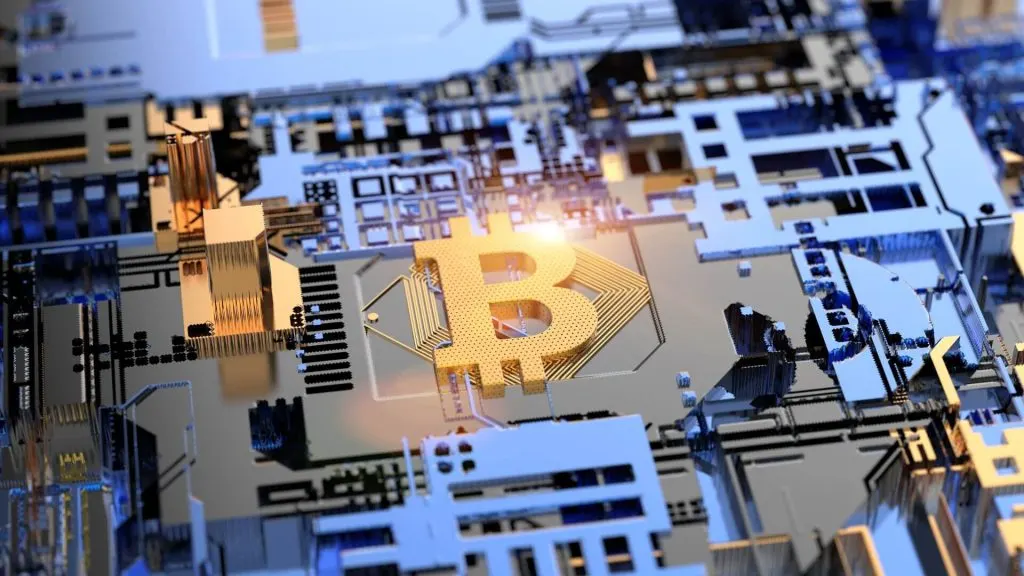Bitcoin is a revolutionary digital currency that utilizes cryptography to authenticate and safeguard transactions, as well as to regulate the production of new units. Unlike conventional money managed by governments or financial organizations, Bitcoin operates autonomously from any central authority. Through its peer-to-peer system, users can send funds without requiring an intermediary such as a bank. Given its advanced security and transparency mechanisms, it’s no surprise that Bitcoin is gaining global traction as an important digital asset and investment opportunity. Blockchain acts as the public ledger for all Bitcoin transactions, thus allowing users to buy goods or services with cryptocurrency or use it in various other ways.
Bitcoin is traded on all platforms. as of March 2023, the BTC to USDT pair is traded at $28,68.

What is a Bitcoin Mining?
Bitcoin mining is quite a rewarding endeavor. By verifying transactions on the unique Bitcoin network and adding them to its public ledger, miners are given a financial incentive in freshly-minted Bitcoins. This process serves as an integral piece of the cryptocurrency market and has become increasingly profitable for those who partake in it.
How do you mine crypto? Let’s see it in Bitcoin’s example:
- Verification. When a Bitcoin transaction is initiated, it is broadcasted to the network, and miners verify its legitimacy by solving intricate mathematical puzzles.
- Block creation. Once miners have checked off a certain number of transactions, they bundle them into what is known as a “block” and attach an exclusive identifier – the hash.
- Proof of work. To ensure security and prevent fraud, the Bitcoin network mandates miners demonstrate that they have expended the computing strength required to solve complex mathematical equations to affirm transactions. This process is commonly termed “proof of work.”
- Block validation. After a miner effectively completes the proof-of-work for a block, they broadcast it to the rest of the network. Other miners then validate its accuracy by double-checking its details.
- Block addition. If a block is confirmed, it’s added to the blockchain record – an open public log of all Bitcoin exchanges.
- Mining rewards. As a reward for their labor, miners who adeptly add blocks to the blockchain will receive a specified amount of freshly created Bitcoins.
Is Crypto Mining Safe?
Although cryptocurrency mining can be relatively secure, certain risks must always be considered. Crypto mining carries a significant risk of being targeted by hackers. If they acquire specialized hardware and software or install malicious malware on someone’s computer, this can slow down operations and leave them vulnerable to security threats.
In addition to financial risks, crypto mining comes with the possibility of physical harm. The machines generate tremendous heat and energy consumption, leading to fires if not set up correctly. To make matters worse, a few reports have shown that some mining sites caused power blackouts and explosions due to excessive energy use.

Jessi is the creative mind behind The Coffee Mom, a popular blog that combines parenting advice, travel tips, and a love for all things Disney. As a trusted Disney influencer and passionate storyteller, Jessi’s authentic insights and relatable content resonate with readers worldwide.
